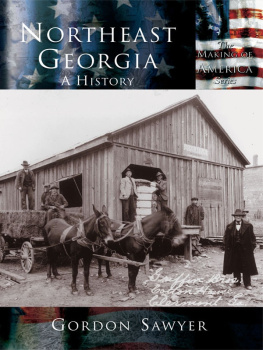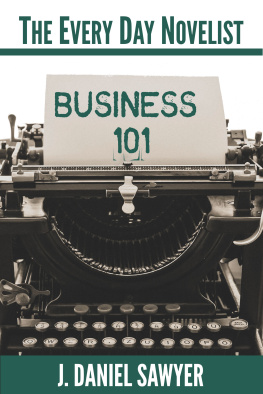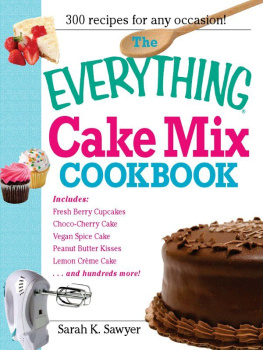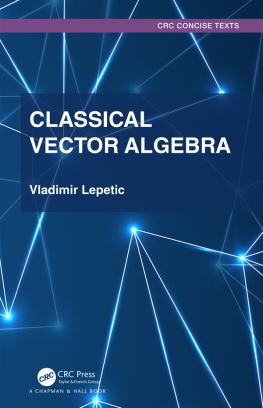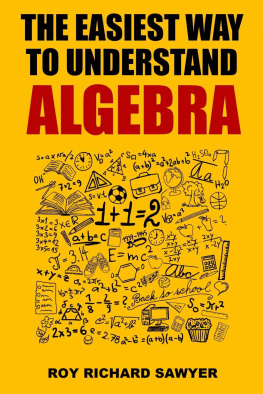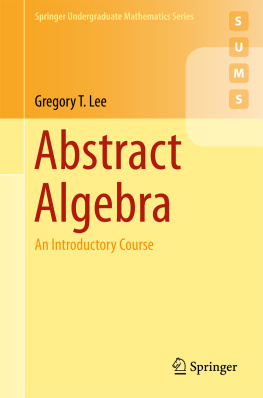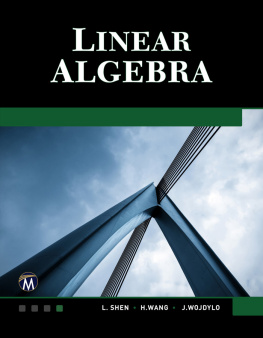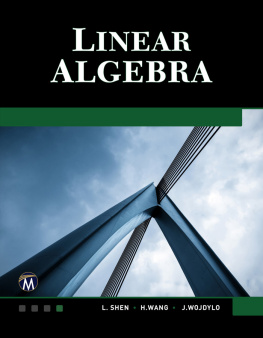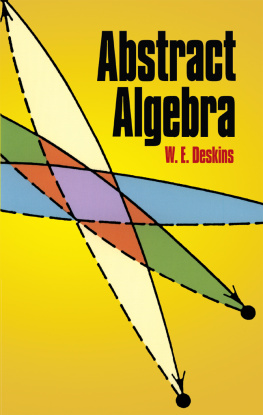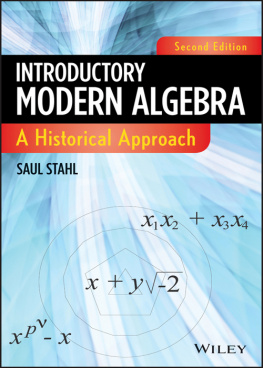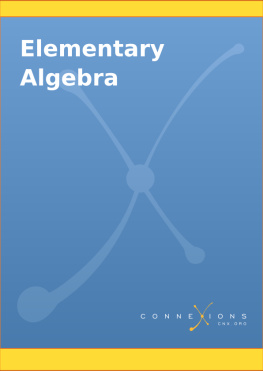A CONCRETE APPROACH TO
ABSTRACT ALGEBRA
W. W. SAWYER
DOVER PUBLICATIONS, INC.
MINEOLA, NEW YORK
Copyright
Copyright 1959,1977 by W. W. Sawyer
All rights reserved.
Bibliographical Note
This Dover edition, first published in 2018, is an unabridged republication of the work originally published by W. H. Freeman and Company, San Francisco, in 1959 and previously reprinted by Dover in 1978. The writing of this book, which was prepared while the author was teaching at the University of Illinois, as a member of the Academic Year Institute, 19571958, was supported in part by a grant from the National Science Foundation.
Library of Congress Cataloging-in-Publication Data
Names: Sawyer, W. W. (Walter Warwick), 19112008, author.
Title: A concrete approach to abstract algebra / W. W. Sawyer.
Description: Dover edition [2018 edition]. | Mineola, New York: Dover Publications, Inc., 2018. | Originally published: San Francisco: W. H. Freeman, 1959; previously republished by Dover Publications, 1978.
Identifiers: LCCN 2018012819 | ISBN 9780486824611 | ISBN 0486824616
Subjects: LCSH: Algebra, Abstract.
Classification: LCC QA162 .S28 2018 | DDC 512/.02dc23
LC record available at https://lccn.loc.gov/2018012819
Manufactured in the United States by LSC Communications
82461601 2018
www.doverpublications.com
Contents

Introduction
The Aim of This Book and How to Read It

AT THE PRESENT time there is a widespread desire, particularly among high school teachers and engineers, to know more about "modern mathematics." Institutes are provided to meet this desire, and this book was originally written for, and used by, such an institute. The chapters of this book were handed out as mimeographed notes to the students. There were no "lectures"; I did not in the classroom try to expound the same material again. These chapters were the "lectures." In the classroom we simply argued about this material. Questions were asked, obscure points were clarified.
In planning such a course, a professor must make a choice. His aim may be to produce a perfect mathematical work of art, having every axiom stated, every conclusion drawn with flawless logic, the whole syllabus covered. This sounds excellent, but in practice the result is often that the class does not have the faintest idea of what is going on. Certain axioms are stated. How are these axioms chosen? Why do we consider these axioms rather than others? What is the subject about? What is its purpose? If these questions are left unanswered, students feel frustrated. Even though they follow every individual deduction, they cannot think effectively about the subject. The framework is lacking; students do not know where the subject fits in, and this has a paralyzing effect on the mind.
On the other hand, the professor may choose familiar topics as a starting point. The students collect material, work problems, observe regularities, frame hypotheses, discover and prove theorems for themselves. The work may not proceed so quickly; all topics may not be covered; the final outline may be jagged. But the student knows what he is doing and where he is going; he is secure in his mastery of the subject, strengthened in confidence of himself. He has had the experience of discovering mathematics. He no longer thinks of mathematics as static dogma learned by rote. He sees mathematics as something growing and developing, mathematical concepts as something continually revised and enriched in the light of new knowledge. The course may have covered a very limited region, but it should leave the student ready to explore further on his own.
This second approach, proceeding from the familiar to the unfamiliar, is the method used in this book. Wherever possible, I have tried to show how modern higher algebra grows out of traditional elementary algebra. Even so, you may for a time experience some feeling of strangeness. This sense of strangeness will pass; there is nothing you can do about it; we all experience such feelings whenever we begin a new branch of mathematics. Nor is it surprising that such strangeness should be felt. The traditional high school syllabusalgebra, geometry, trigonometrycontains little or nothing discovered since the year 1650 A.D. Even if we bring in calculus and differential equations, the date 1750 A.D. covers most of that. Modern higher algebra was developed round about the years 1900 to 1930 A.D. Anyone who tries to learn modern algebra on the basis of traditional algebra faces some of the difficulties that Rip Van Winkle would have experienced, had his awakening been delayed until the twentieth century. Rip would only overcome that sense of strangeness by riding around in airplanes until he was quite blas about the whole business.
Some comments on the plan of the book may be helpful.. Later, when you have seen the trend of the whole book, you may return to these formal proofs. I would particularly emphasize that the later chapters do not in any way depend on the details of these calculationsonly on the results.
The middle of the book is fairly plain sailing. You should be able to read these chapters fairly easily.
I am indebted to Professor Joseph Landin of the University of Illinois for the suggestion that the book should culminate with the proof that angles cannot be trisected by Euclidean means. This proof, in , shows how modern algebraic concepts can be used to solve an ancient problem. This proof is a goal toward which the earlier chapters work.
I assume, if you are a reader of this book, that you are reasonably familiar with elementary algebra. One important result of elementary algebra seems not to be widely known. This is the remainder theorem. It states that when a polynomial f(x) is divided by x a, the remainder is f(a). If you are not familiar with this theorem and its simple proof, it would be wise to review these, with the help of a text in traditional algebra.
Chapter 1
The Viewpoint of Abstract Algebra

THERE ARE two ways in which children do arithmeticby understanding and by rote. A good teacher, certainly in the earlier stages, aims at getting children to understand what 5 2 and 6 8 mean. Later, he may drill them so that they will answer "48" to the question "Eight sixes?" without having to draw eight sets of six dots and count them.
Suppose a foreign child enters the class. This child knows no arithmetic, and no English, but has a most retentive memory. He listens to what goes on. He notices that some questions are different from others. For instance, when the teacher makes the noise "What day is it today?" the children may make the noise "Monday" or "Tuesday" or "Wednesday" or "Thursday" or "Friday." This question, he notices, has five different answers. There are also questions with two possible answers, "Yes" and "No." For example, to the question "Have you finished this sum?" sometimes one, sometimes the other answer is given.
However, there are questions that always receive the same answer. "Hi" receives the answer "Hi." "Twelve twelves?" receives the answer "A hundred and forty-four"or, at least, the teacher seems more satisfied when this response is given. Soon the foreign child might learn to make these responses, without realizing that "Hi" and "144" are in rather different categories.


